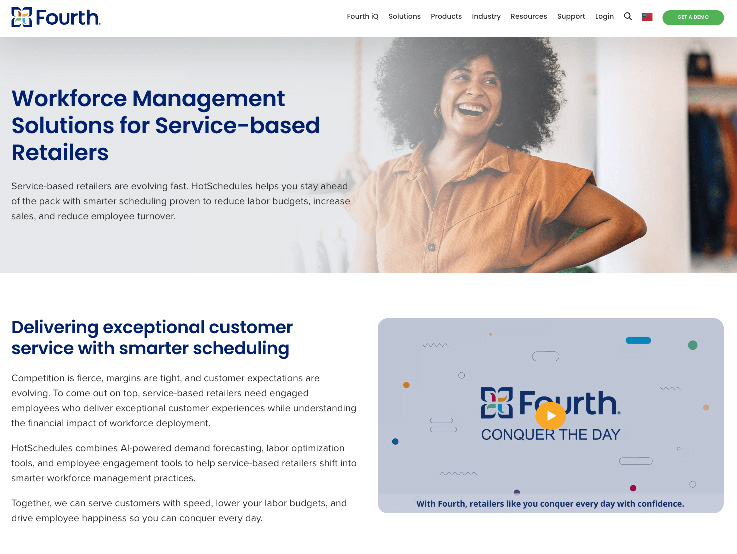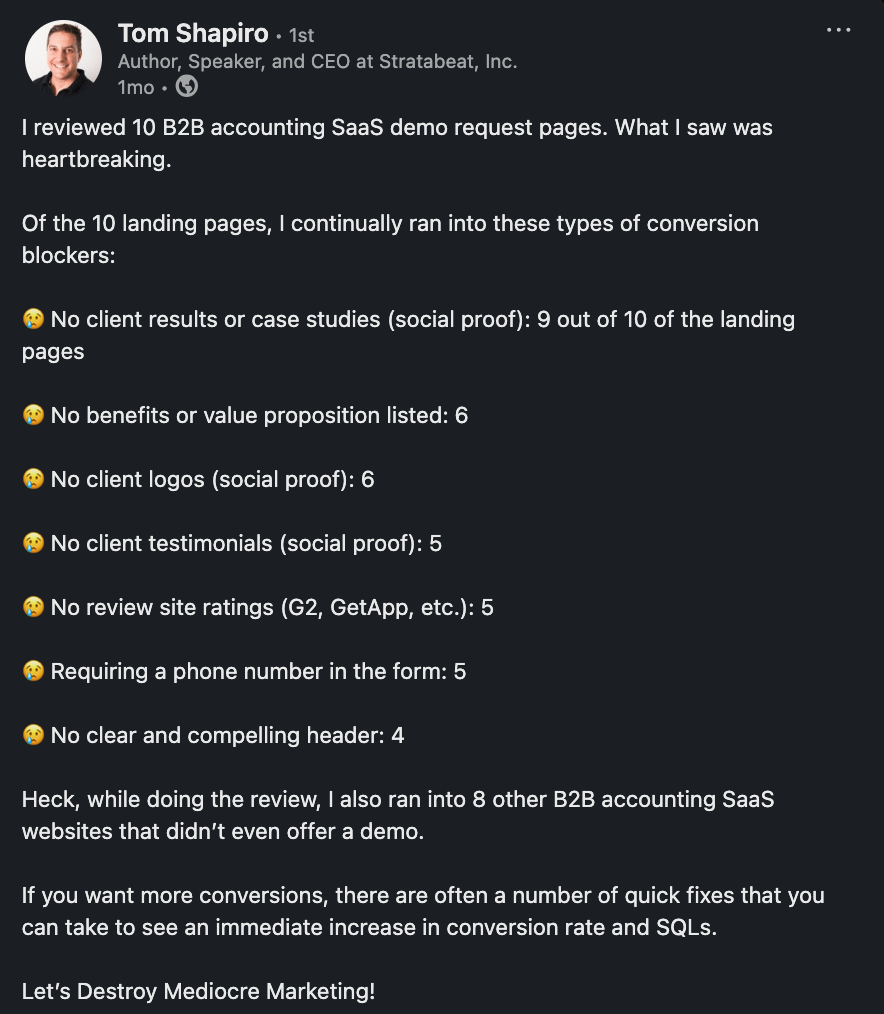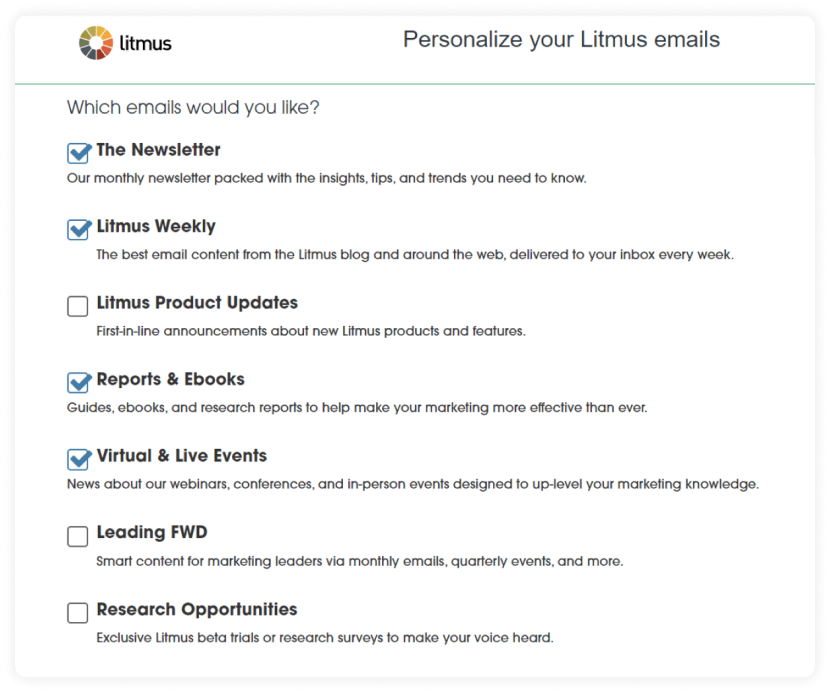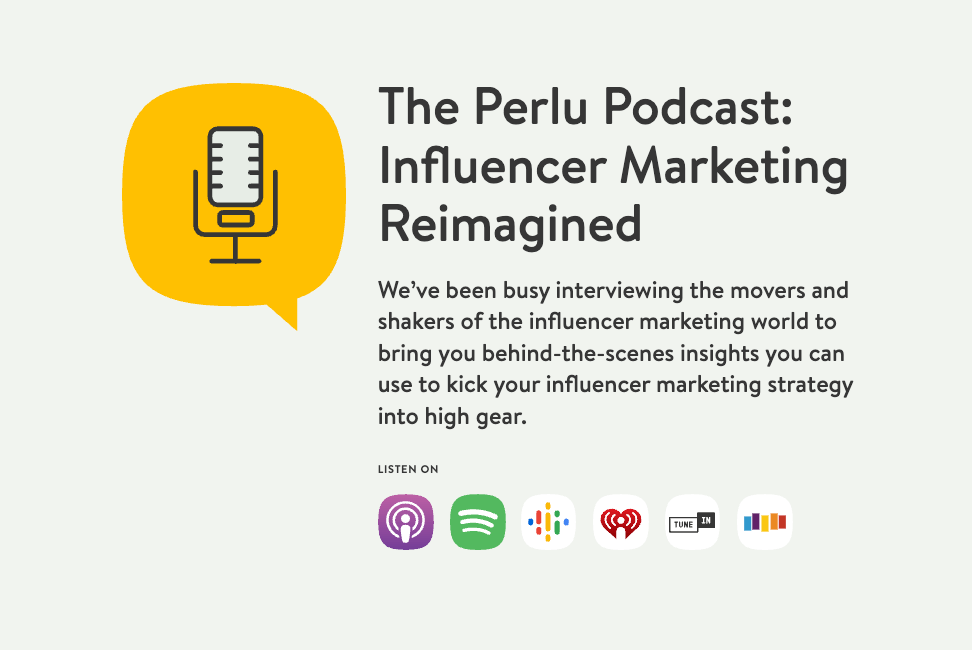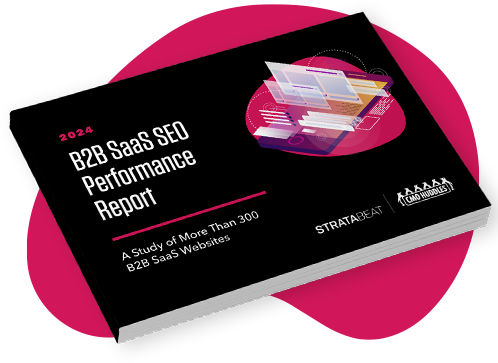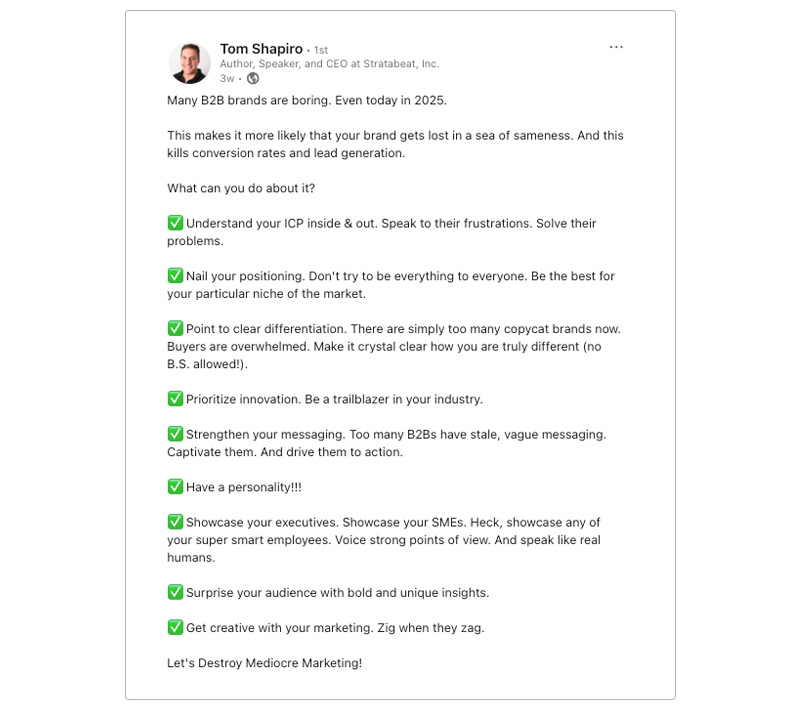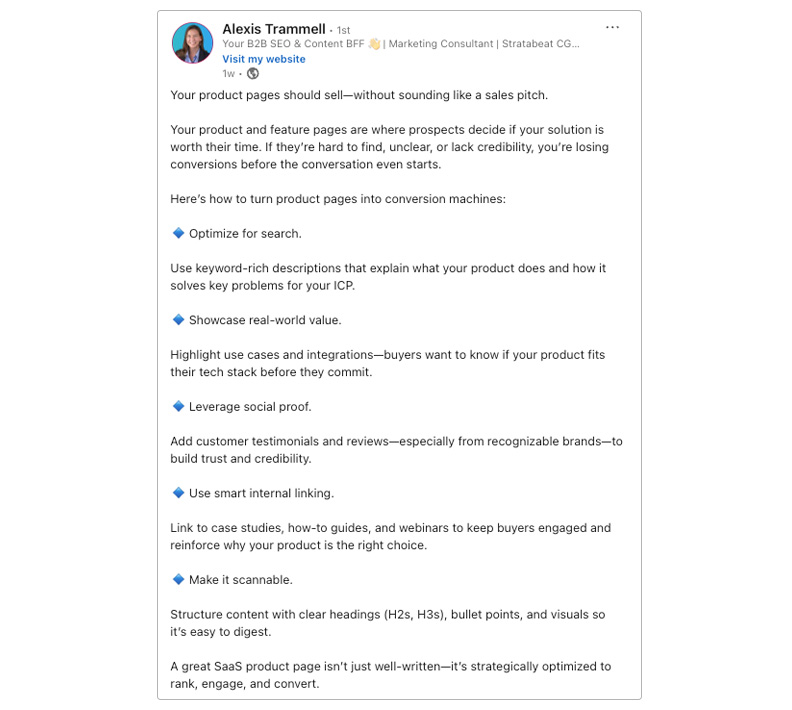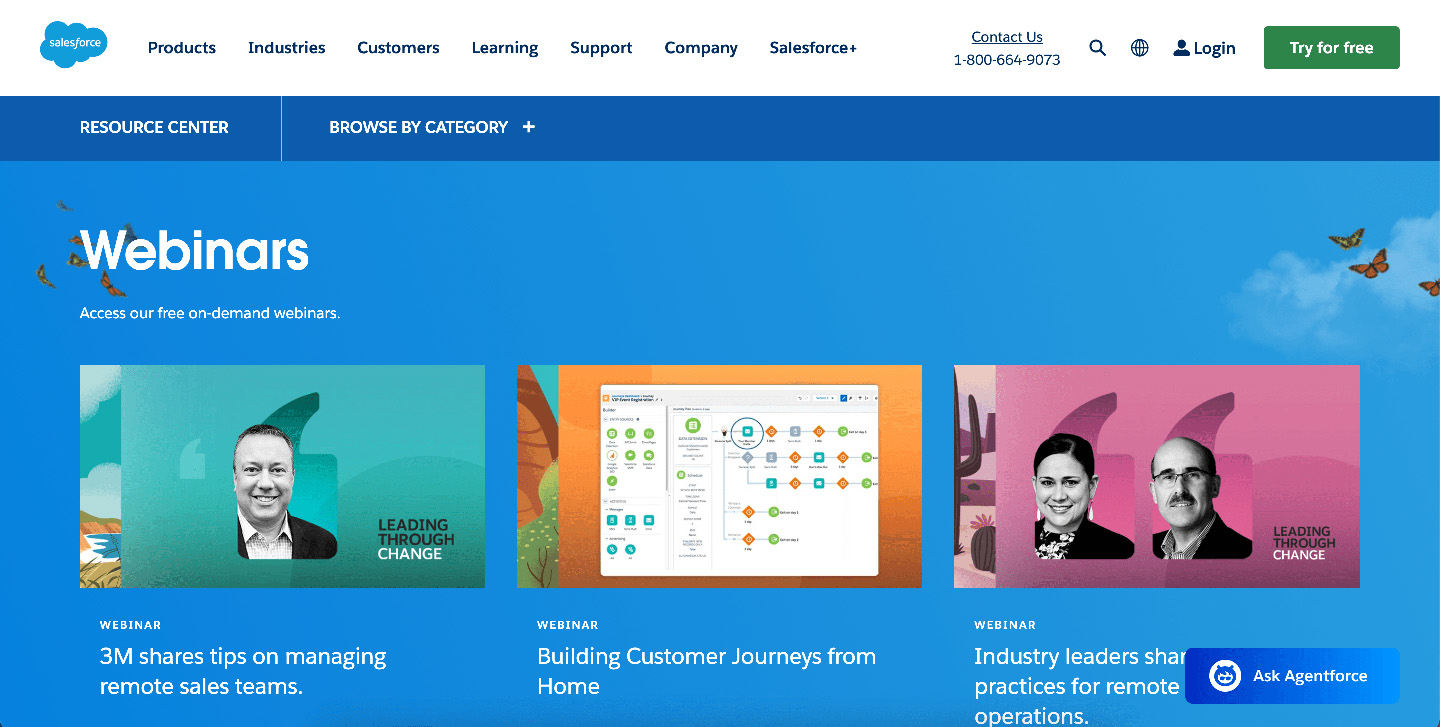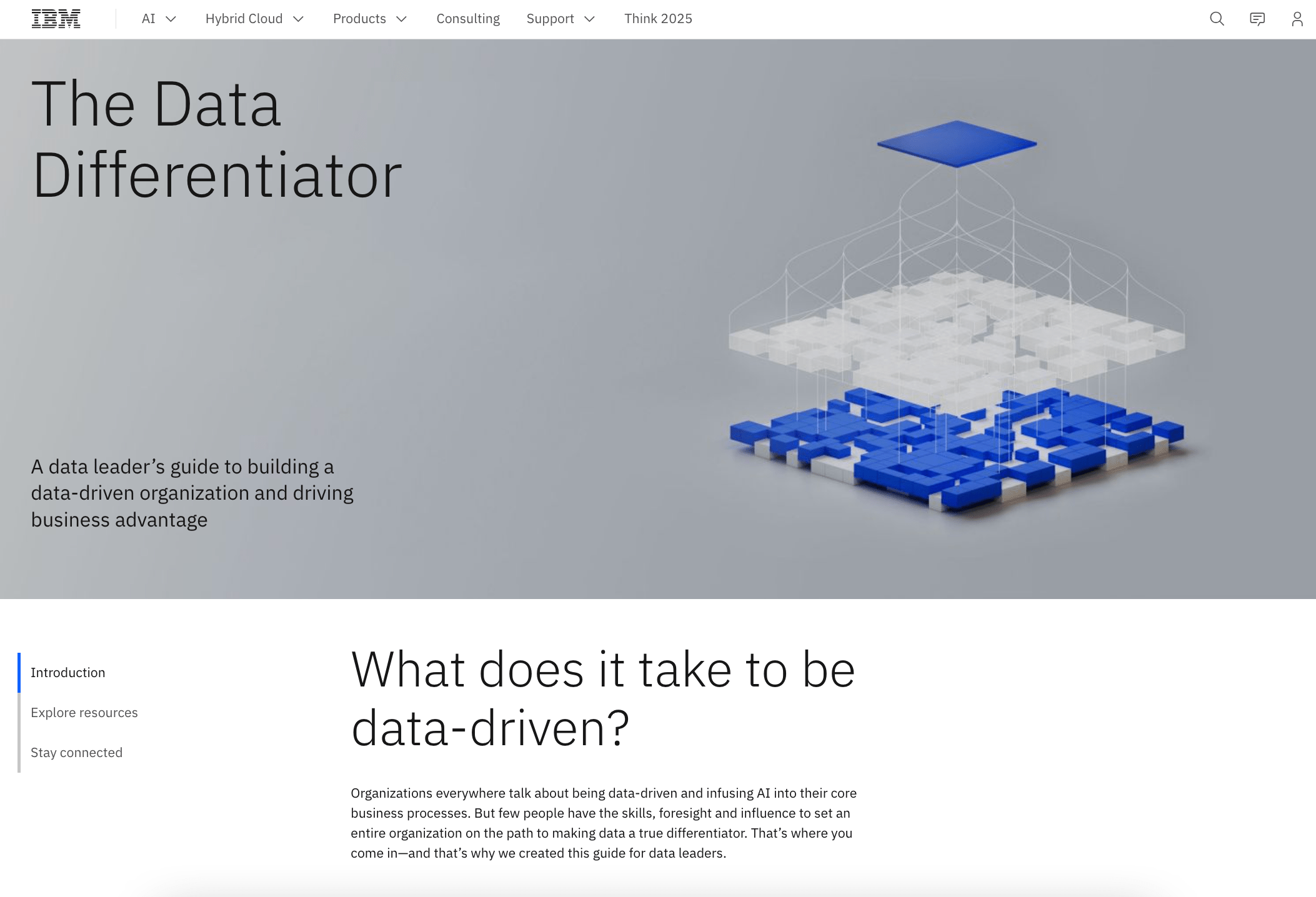15 Examples of B2B Technology Content Marketing That Wins

Key Takeaways
- Effective Content Drives Real Business Impact: Winning content marketing strategies directly contribute to pipeline growth, demo bookings, and even company acquisitions, as seen with Stratabeat’s clients being sold to companies like Amazon and Publicis Groupe.
- A B2B Content Strategy Must Align with Business Goals: A winning strategy is a cohesive document that ties content efforts to measurable business objectives like revenue growth, market share, or acquisition positioning.
- Focus on KPIs that Matter: Instead of vanity metrics, B2B marketers should focus on KPIs such as organic traffic, conversions, demo requests, and revenue to gauge content marketing success.
- Optimize Content for the Entire Customer Journey: Tailor content to the needs of prospects at each stage—top-of-funnel (TOFU), middle-of-funnel (MOFU), and bottom-of-funnel (BOFU)—to drive engagement and conversions.
- High-Impact Content Formats: Use ROI calculators, case studies, personalized demos, and comparison pages to target bottom-of-funnel prospects and turn them into loyal customers.
- Thoughtful Blogging Generates Sustainable Traffic: Educational, informative, and SEO-optimized blog posts can significantly increase organic traffic, build authority, and deliver long-term value, as seen with Terakeet’s 7,000% growth in blog traffic.
- Personalized Content Boosts Engagement and Conversion Rates: Personalizing content—through tailored landing pages, dynamic messaging, and industry-specific resources—drives higher-quality leads and improves conversion rates.
- Repurpose Content to Maximize ROI: Content should be repurposed across multiple channels (blogs, videos, social media) to extend its reach and enhance the return on investment, ensuring the message remains consistent across platforms.
How Smart Content Tactics Drive Organic Traffic, Conversions, Demos, and Revenue
What Does “Winning” Look Like in B2B Technology Content Marketing?
The Content Marketing KPIs You Should Actually Care About
It’s unrealistic for content alone to drive macro-level conversions. They contribute but holding content accountable to direct conversions or demos is a big ask.
What’s getting more important today is the brand visibility and authority, especially with the rise in use of Gen. AI by B2B buyers. If your brand isn’t showing up in Gen AI, you’re not going to appear in any buyers’ shortlist.
How to Align Your Content Marketing Tactics With Clear Business Goals
Choosing the Right Content Formats (and Distribution Channels) to Maximize Results
1. How Bottom-of-Funnel Content Converts Interested Prospects into Loyal Customers
Comparison Pages That Convert: Basecamp’s Winning Example
Effective product comparison pages transparently answer real buyer questions and clearly communicate differentiation. To inspire your own comparison pages, look at Basecamp’s “Paths” page, which helps visitors quickly self-qualify and confidently take the next step toward conversion.
2. How Thoughtful Blogging Can Quickly Multiply Your Website Visitors
3. How Personalized Email Marketing Strengthens Relationships and Drives Revenue
Real-World Impact: How Litmus Drives Revenue with Carefully Tailored Emails
Litmus demonstrates the power of well-executed email personalization, consistently delivering campaigns that resonate:
- Behavior-based Segmentation: Litmus dynamically adjusts email content based on user actions—whether a prospect downloads a guide, clicks specific links, or attends webinars.
- Contextual Messaging: Emails address the recipient’s immediate needs, from beginner-level educational tips to advanced product usage strategies.
- Actionable, Immediate CTAs: Litmus’s emails clearly define the next step for prospects, simplifying decision-making and driving measurable engagement.
The result? Higher email interaction rates, deeper customer engagement, and a direct boost to revenue performance.
